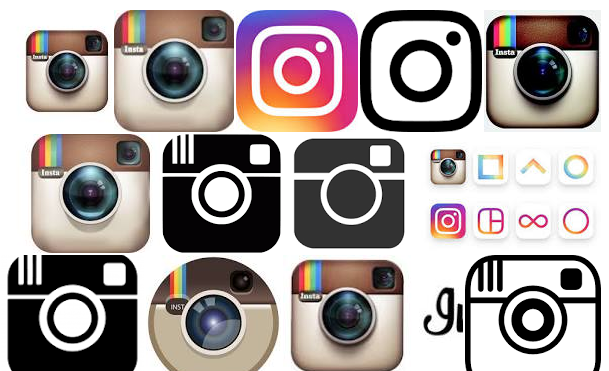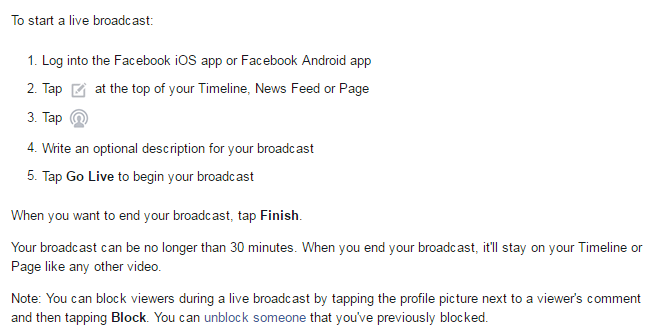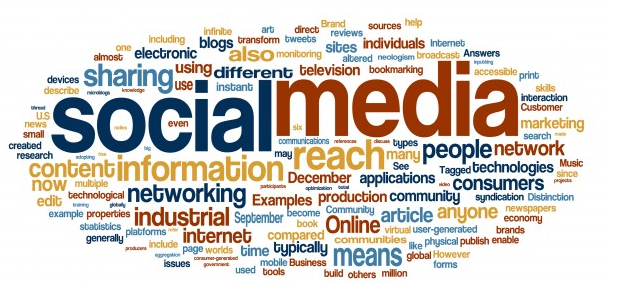If you haven’t heard about or seen Facebook’s Instant Articles you will be very soon. Especially if you’re in Canada.
Instant Articles have been around for a little while now. It basically allowed publishers to post Facebook exclusive content to the social media giant’s platform. By accessing the more than 1 billion active users, the publisher would, in essence be exposing their content to more available readers.
Earlier this month, Facebook opened Instant Articles up to all publishers. Currently, Canadian publishers on the Instant Articles platform include Chatelaine, Diply, The Huffington Post Canada, Journal de Montreal, Maclean’s, Sportsnet, The Canadian Press and TVA Nouvelles.
According to a Facebook blog post:
We built Instant Articles to solve a specific problem—slow loading times on the mobile web created a problematic experience for people reading news on their phones. This is a problem that impacts publishers of all sizes, especially those with audiences where low connectivity is an issue. With that in mind, our goal from the beginning was to open up Instant Articles to all publishers and we’re excited to be able to do that in a way that makes it fast and easy for all publishers to reach their audiences on Facebook.
Here’s what Instant Articles looks like (on my Android device specifically):

See the “lightning blot” circled in red? That denotes an Instant Article. In this case, it’s from Slate.com. When a user clicks on the image in this unit they see:

For the user, it’s a much better experience than clicking through and reading the article on the Slate website. Once done, the reader would then close the mobile browser and re-open Facebook. With Instant Articles, the reader doesn’t have to leave Facebook.
For the publisher, they get more eyeballs on their content. And with more eyeballs comes the potential of increased revenues. However, this revenue is shared with Facebook. And more eyeballs on their Facebook content doesn’t necessarily mean more eyeballs on their own websites/blogs. What does this mean for the future of publishers if they continue to rely heavily on Facebook for their revenues?
For Facebook, it make their platform more sticky. Facebook always wins.











SPOTIFY
Girth Radio
MixCloud
Apple Podcasts
Google Play Music
Stitcher
TuneIn
Pocket Casts
You can also subscribe to the podcast via RSS Feed if you so desire.
This special episode was taped at Girth Radio studios inside the Pacific Junction Hotel bar in Toronto.
If you liked this Toronto election special episode you may also like these: